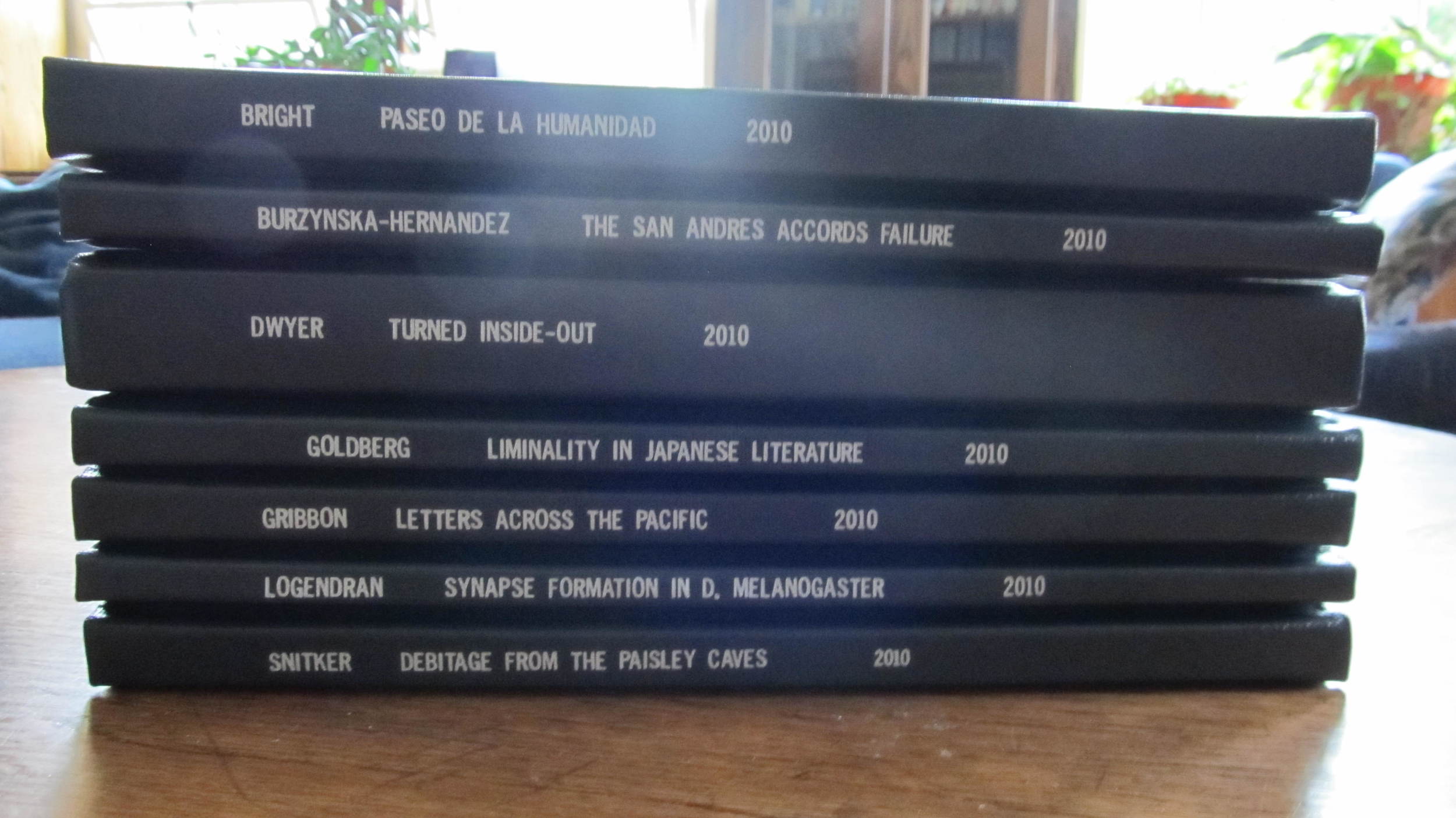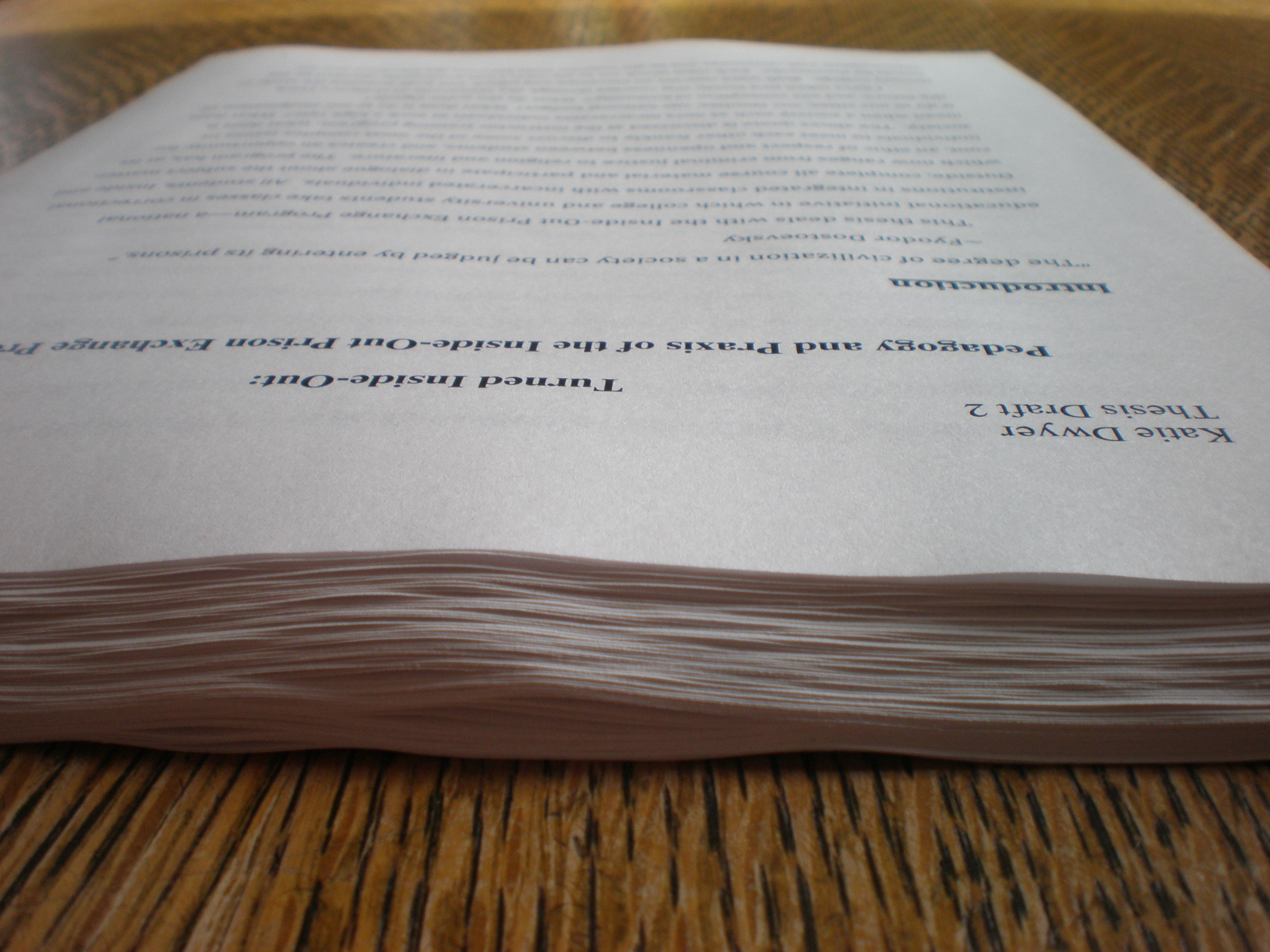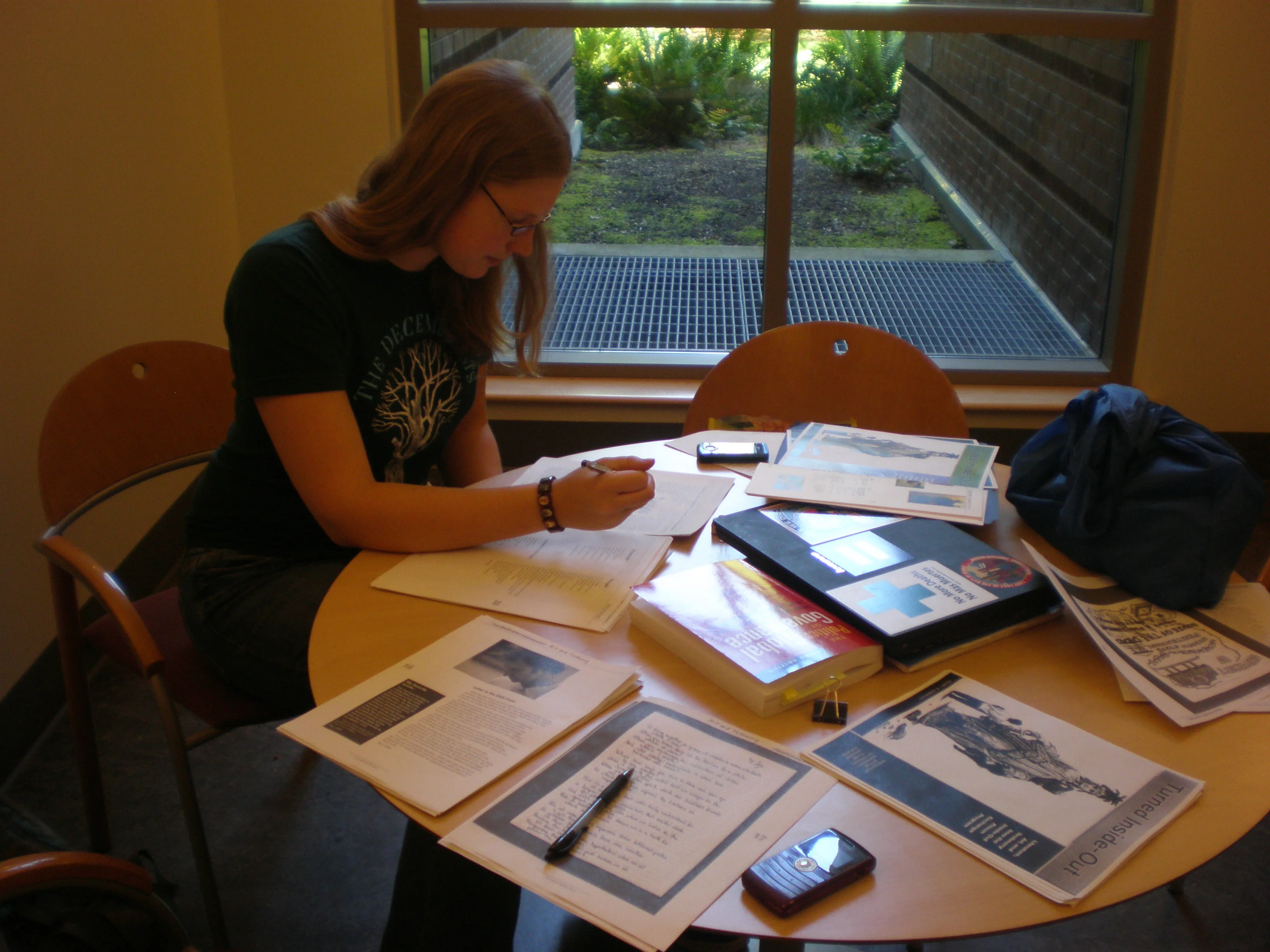Essay Writing Basics: The Fast First Draft
/I am of the opinion that drafts should be written as quickly as possible, giving you a brain-dump of information and a starting place for improvements, edits, and additional research. Until I have a draft, I often do not know where I need to focus energy for research and supporting evidence.
Essay writing time... and there's a long, long way to go.
For a short paper, say 3-5 pages, I try to write my first draft in a single sitting. I try to write it in less than two hours. A fast draft probably won’t have all the quotes I need for a strong essay, and will certainly need editing and revision. But a fast draft means you have a starting place. You get the main points down on paper. And even for longer projects, this process of writing a fast draft will help push the whole process along.
Sit down, take a deep breath, and here’s my four steps to writing a super-fast first draft.
Note: this strategy assumes that you have a working knowledge of the topic you’ll be writing about.
The Four Steps to a Super-Fast Draft
Step One: Read the question
Really read the question. Think about what it is asking you to do. Do you need to make an argument? Summarize facts? Draw parallels between two (or more) topics?
Sometimes an essay question will provide the structure and outline for you, right there in the assignment (you should also check your original course syllabus for clues). If you are asked to draw a parallel between two books, or two historical events, or two concepts, then you know you’ll need to write an essay that briefly describes each, and then gives several examples comparing the two. There’s your essay outline, already laid out for you . If you are asked to describe an idea and make an argument about it, then you know you need to start by giving a general overview of the concept before making several specific comments on the topic.
Read the question, and you might already have a clear idea of what you need to write. Even if the question doesn’t lay things out in this specific way, you need to read the question carefully to find out what you have to do. Look for:
Specific questions to answer
If there are multiple parts to the question
Specific sources/topics/ideas/events you need to include
Length requirements
Step two: create an outline
An outline can be as simple as three ideas scribbled down that you know you need to address. It can be as complicated as a multi-page document with sections and sub-sections, bullet-points and supporting quotes.
The point of an outline is to get organized. Figure out your main ideas to be covered in the essay.
Here’s a perfectly adequate outline:
Subject: Here’s my main point.
Section one: Here’s one reason my point is correct.
Section two: Here’s another, related reason my point is correct.
Section three: Here’s a final reason my point is correct.
Conclusion: Based on those previous arguments, here’s why my point is correct and why it matters.
This is the basic five-paragraph essay structure, which I’ve written about previously. It works for most essays of most lengths, from a one-page high school essay to an eighty page Master’s thesis.
Your outline is there to help you figure out what you need to write about. Do you know what’s important in your argument? Can you think of three pieces of supporting evidence?
Step Three: Write it down
Take a deep breath, and take the plunge. Write the whole essay. Do it in one sitting if you can, and let go of perfection while getting as much information on the page as possible. You will edit this later—no one will ever see this first draft. Just get the bones of the essay down on paper, and then flesh out your arguments and make it a full first draft.
If you have good notes from the texts you’ve studied, include quotes and evidence in this draft. Pull out your class notes and any research you’ve done. You want this to be as complete as possible, and the more evidence you include early on the more you’ll be able to make solid arguments while also spotting weak spots in the essay.
If you have limited research to include, just write the argument and know you’ll go back and add quotes later. When I draft my essays, I often remember what the text said, but don’t want to stop the writing process to search for a quote. So I’ll write something like:
…According to Professor Smith [CHECK] in his article ____________, my main point also applied in this other situation. He writes, “ ______ [SOMETHING ABOUT THIS IN THE SECOND CHAPTER].” This supports my argument because…
The empty underlined sections make it easy for me to see where I need to add text, and I write all my “notes to self” in all capitals so I can be sure to find that information. The point is to not interrupt your flow, and to do the big first effort of getting the words on the page. Write it down, note where more information is needed, and then keep on writing it down.
Step Four: Overview
Once you’ve done your full, speed-written first draft, take a few quick moments to look over what you’ve done. Is it all there? Is it clear? What do you need to do to flesh it out/add detail/add research? As you were writing, did new arguments or sub-points occur to you? As you were drafting your conclusion, did you realize you need to re-write the introduction?
Make a few “notes to self” at the end of your draft. Before you lose all that drafting energy, make sure you’ve noted all-important areas to edit or research to expand upon.
The basic theory for this “fast draft” comes from two main channels: how I learned to write essays for the AP tests in high school, and advice for creative writers. In preparing for the Advance Placement exams, you learn to write an essay fast, getting all the facts possible down on paper and then adding in what interpretation and opinion you can. Expand on that, and you have a super-fast draft. And creative writing advice, particularly gems like Stephen King’s On Writing and Anne Lamott’s Bird By Bird (from whom comes the fabulous advice to write “shitty first drafts”), offers advice that crosses genre and style. Writers have to get words on the page. When you’re writing an essay, so do you.
I’ve written previously that I spend lots of time pondering essays while on the move. Walking around and turning a subject over in my head for a few days is likely to lead to a better approach and more solid arguments, and makes the actual draft-writing process much quicker as well.
If you liked this post, please check out “Essay writing basics: the five paragraph essay” and “Essay Writing Tips: Preparation.” I’ve also written about the final stage of essay writing: the editing process. Please check out my two posts, one “Peer Editing: Advice for the Editor” and the other a guest post, “Peer Editing: Advice for the Editee.”
What writing tips and tricks work for you? Do you write fast drafts? Please share your essay-writing thoughts and woes in the comments section below.





















